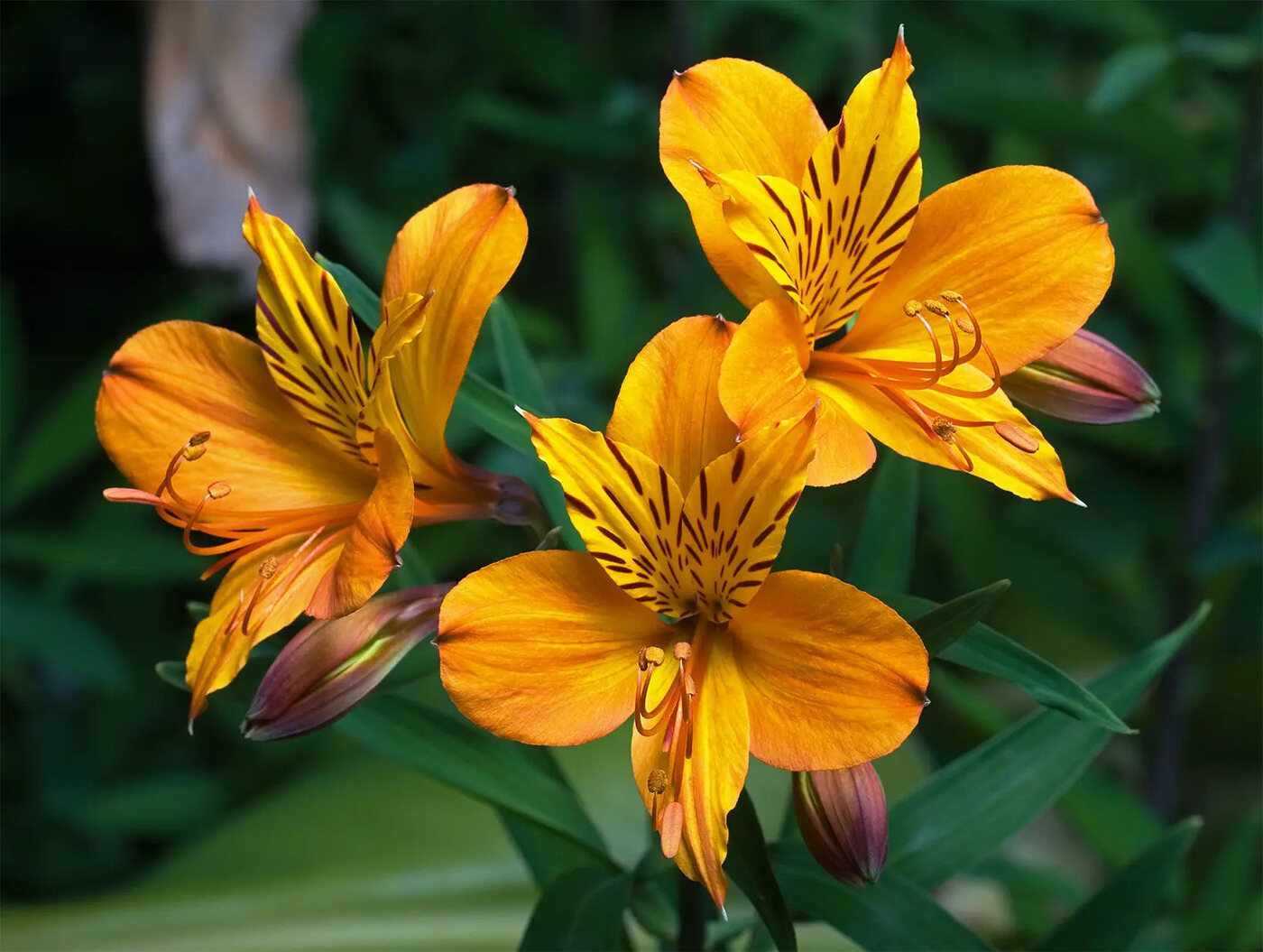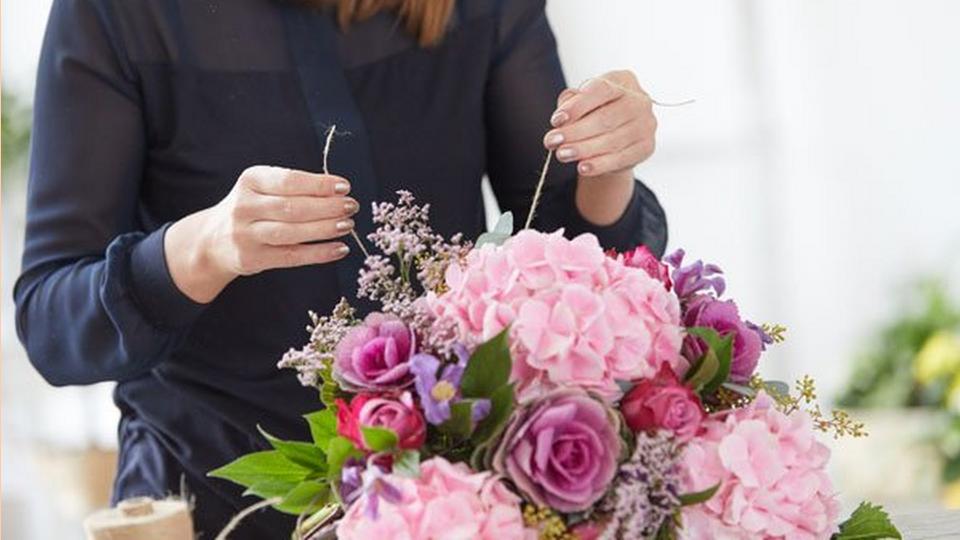The lively and captivating Lily of the Incas, also known as the Peruvian lily or alstroemeria is an exotic flower that has become increasingly popular in recent years. With its delicate orchid-like blooms and long vase life, it’s easy to see the appeal of this eye-catching flower. But beyond its visual beauty, the alstroemeria carries a deep symbolic meaning and storied history.
The Origins and History of the Lily of the Incas
The Lily of the Incas is native to the Andean regions of South America, especially Peru and Chile. The flower’s scientific name, alstroemeria aurea, comes from its discovery by an 18th century Swedish botanist named Claus von Alstroemer. After traveling to Spain in 1753, Alstroemer returned home with seeds of the exotic South American plant.
The flower was likely cultivated by Incan royalty reserved only for royal gardens due to its association with wealth and prosperity. Indigenous Andean people had long treasured the lily for its mystical and symbolic properties related to fortune and abundance. Alstroemer simply introduced the flower to Europe where its popularity as an exotic houseplant spread quickly.
Today, over 200 hybrids and cultivars of the alstroemeria exist, bred specifically for the cut flower industry But heirloom varieties retaining the most fragrance are still preferred for their traditional symbolism
The Various Symbolic Meanings of the Lily of the Incas
So what exactly does this striking bloom represent? Here are the core symbolic meanings behind the Peruvian lily:
-
Friendship – The twisting, intertwining leaves and stems represent the ups and downs of friendships, while the speckled petals symbolize how friends drift in and out of each other’s lives.
-
Devotion – As an emblem of friendship, the lily also signifies loyalty and devotion between companions. It became a romantic symbol of affection and commitment between lovers.
-
Good Fortune – True to its heritage with Incan nobility, the alstroemeria brings luck, success, and prosperity to those who receive it.
-
Wealth – For ancient Andean cultures, the lily represented material riches and high social status.
-
Grace – The delicate alstroemeria blooms convey grace, elegance, and femininity.
-
Aspiration – The flower’s upright stems can signify working towards goals and achieving dreams.
How the Lily of the Incas Gets its Meaning Across in Floral Arrangements
When given as a gift, the poignant symbolism of the Peruvian lily comes through in the following ways:
-
Friendship bouquets containing alstroemerias convey mutual affection and support.
-
Love-themed arrangements with red or pink lilies represent passion and devotion between romantic partners.
-
Bridal bouquets and wedding decorations incorporate the blooms to signify good fortune and commitment for the couple.
-
New home and business gifts with alstroemerias wish prosperity and success in the new endeavor.
-
Get well soon arrangements include the uplifting blooms to symbolize improved fortune in recovery.
-
Sympathy flowers use white lilies to express grace and empathy for the grieving.
The meanings can shift slightly across the rainbow of alstroemeria colors, but generally convey bonds, affection, luck, and elegance.
Interesting Facts About the Captivating Lily of the Incas
Beyond the rich symbolic meaning, here are some fascinating facts about alstroemerias:
-
They are named after the Swedish botanist who introduced them to Europe in the 1700s.
-
The plants thrive in cool, mountainous climates with abundant moisture.
-
They grow from rhizomes or tubers, not bulbs, allowing them to easily spread and propagate.
-
The beautifully streaked petals occur through a process called splotching, unique to alstroemerias.
-
Their vase life can extend 2-3 weeks with proper care.
-
Overbreeding has caused most commercial varieties to lose their sweet fragrance, unlike heirloom types.
-
All parts are toxic if ingested due to protective compounds called saponins.
Tips for Growing Your Own Lily of the Incas
Want to cultivate these special blooms in your own garden? Follow these tips:
-
Plant in spring in warmer zones, fall in cooler climates. Soak rhizomes before planting.
-
Choose a site with full sun to light shade and enrich soil with compost for drainage.
-
Space plants 12-18 inches apart. Bury rhizomes vertically with the crown 2 inches under the surface.
-
Water when the top inch of soil becomes dry. Fertilize in spring and summer. Cut back stems after flowering.
-
Divide crowded clumps every 2-3 years. Replant the separated rhizomes 12 inches apart.
-
Control aphids, thrips, and mildew with neem oil, insecticidal soap, or sulfur applications.
With proper care, you can enjoy vibrant Lilies of the Incas and their powerful symbolic meaning in your own garden sanctuary.
How to Showcase Lilies of the Incas in Floral Designs
Looking to include these striking blooms in arrangements? Follow these tips:
-
Select freshly opened, long-lasting flowers that have just reached full bloom.
-
Recut stems and place in water with floral preservative to maximize vase life.
-
Combining with roses, lilies, irises, tulips creates stunning complementary bouquets.
-
Use the leafy sprays as filler around focal flowers in centerpieces.
-
Alternate light and dark shades for an ombre effect. Contrasting colors pop.
-
Display in clear glass vases to exhibit the beautifully speckled petals.
-
Bud vases keep individual stems freshly hydrated.
Gifting the Lily of the Incas with Proper Etiquette
When giving alstroemerias, adhere to these gift-giving guidelines:
-
Include a card explaining the meaning behind your floral gift and why you chose it.
-
For special occasions, opt for deeper orange and red hues over pale pastel shades.
-
Mix with additional flowers of love like roses when gifting a romantic partner. For friends, pair with daisies, lilies, irises.
-
Add other cheerful blooms like gerberas and sunflowers for get well gifts or condolences arrangements.
-
Potted lily plants make excellent housewarming presents for new homes or businesses.
The Symbolic and Stylish Lily of the Incas
With its rich history, diverse symbolic meanings, and exquisite speckled blooms, the Lily of the Incas remains a treasured flower. This guide covers the origins, significance, uses, and care for the alstroemeria. Beyond mere aesthetic appeal, this heirloom flower conveys friendship, devotion, fortune, and grace.
Next time you buy flowers, consider adding the special touch of the Lily of the Incas. Let its unique beauty and auspicious meaning elevate your floral gifts and designs.

A FEW FACTS ABOUT ALSTROEMERIA
These beautiful flowers are quite interesting too. Heres a few things you probably didnt know about Alstroemeria:
- The stem’s leaves grow backwards, but there doesn’t seem to be a clear reason for this.
- It can take anywhere from a few weeks to a year for alstroemeria seeds to sprout.
- The main stems can get as long as 3 feet.
Sign up to emails and get 15% off your first order
Plus, flower joy, offers and inspo in your inbox

ALSTROEMERIA FLOWER (PERUVIAN LILY) | Meaning and Color Symbolism | Growing fast in Atok
FAQ
What is the spiritual significance of lily?
What is the history of the Inca lily?
What are the uses of lily of the Incas?
Is lily of the Incas toxic to humans?
